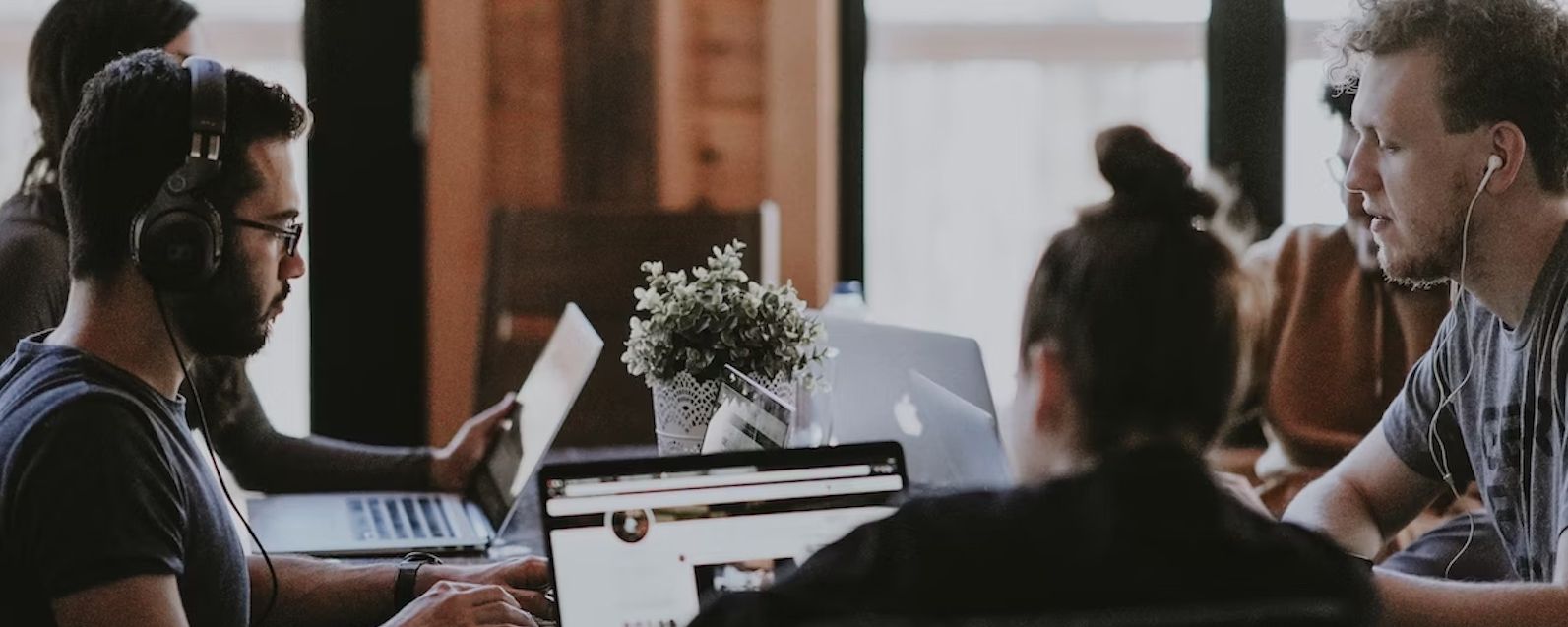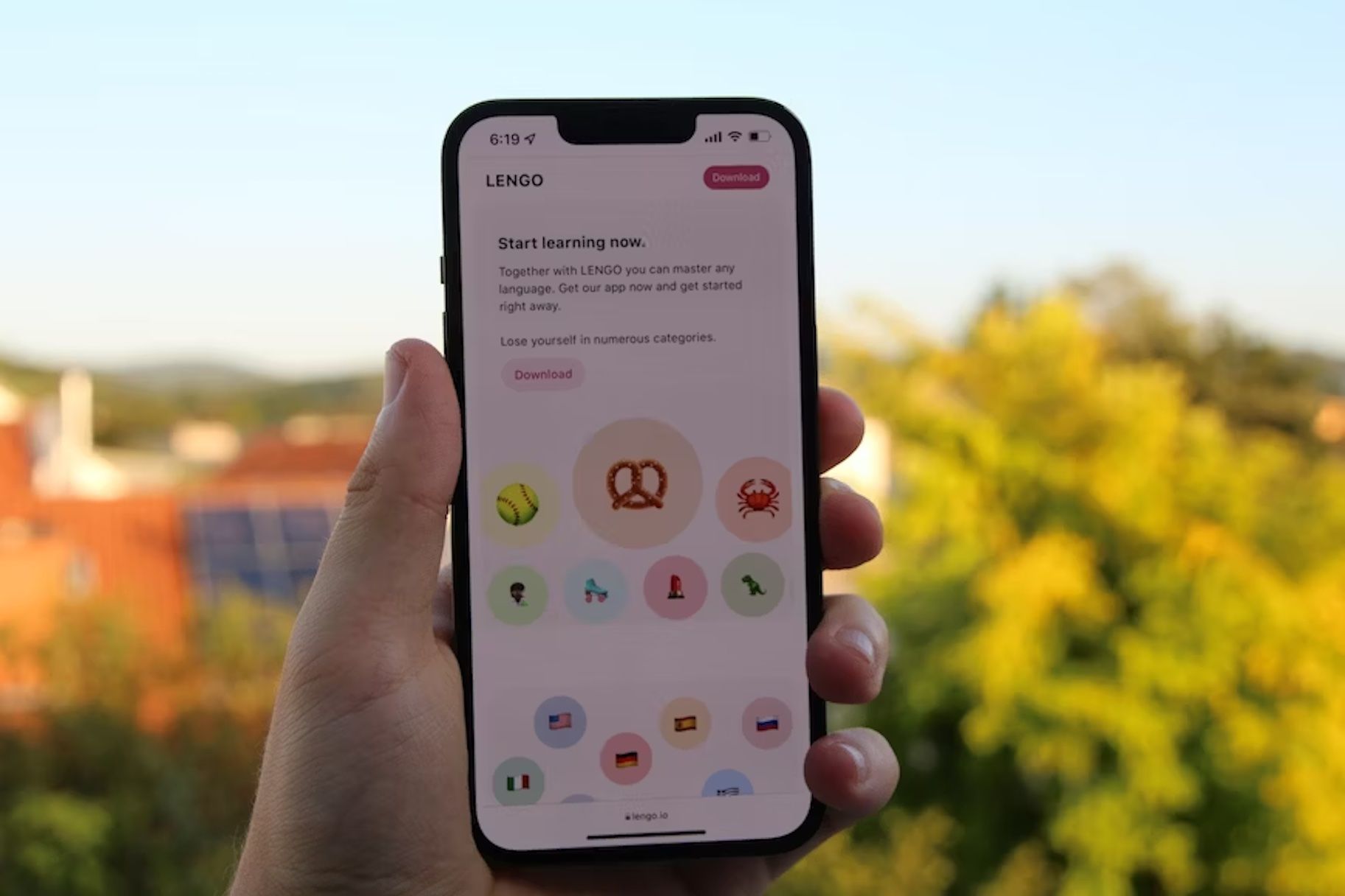Is There a Live Translations App for Meetings?

There are numerous applications, mostly online apps that you can use for the live translation of conversations from one language to another, in your meetings and events.
Why Should I Use Translation Applications for Live Meetings or Events?
Below are prominent reasons among many reasons:
- Translation apps are easy to use.
- They save users a tremendous amount of money and time.
- Translation apps and software become necessary because more than ever before, people, businesses, and organizations are using software and mobile applications to conduct their conferences and manage their events.
Aside from the very obvious reason that this transition makes life a whole lot easier, there are many reasons for this shift from on-site conferences to online conferences, and impliedly from human or on-site translators to virtual or machine translators. Among them are:
Virtual events create a more inclusive experience for the organizations that sponsor such events and the attendees attending the events: conferences can be held, which will bring attendees with multilingual backgrounds across different states, countries, and continents, irrespective of their race or language.
With this, people, businesses, and organizations have managed to break the time, space, and linguistics barriers, allowing more participants who otherwise wouldn't have been able to take part in such events to do so. This inevitably facilitates an increase in the number of attendees at such events; and with the use of audio translation services offered by the application used in conducting the event or freelance translators or third-party applications that offer translation services, the language barrier is easily bypassed.
Another clear benefit is that virtual conferences help users cut costs to a great extent.
The efforts, stress, and cost that organizers of on-site conferences expend in terms of time, finance, and other logistics are greatly reduced. This allows businesses and organizations to channel these resources into other things that will make for the growth of the company.
Conferences for people, organizations, and businesses used to take place via personal interactions.

Should I Use Human Translators Instead of Translation Apps for My Meeting?
Considering the number of audio translation services these days, one may find it difficult to imagine that there was a time when people formally trained to become professional translators.
Some people acquired specialization in translation skills via training in schools or through apprenticeship, for them to able to become multilingual experts who interpret and effectively translate conferences from one language to another.
Before now, mastery of a language is an essential requirement for any translator to translate properly. You can imagine the effort, time, resources, and energy, that would go into the making of a single translator who can proficiently translate communications from one language to another.
Holding a cross-cultural event was quite expensive and another disadvantage is that one translator would find it very difficult to interpret communications from one language to two or more languages at the same time.
Hence, for a meeting of such magnitude to take place, provisions must be made for translators who would translate into various languages, the communications of speakers at the event. This will help to cover more ground, reach more audiences, and make more impact or profit, as the case may be.
Simultaneously making new audio translations in different languages will be clumsy and communication may not be effective.
Today however, we live in a day and age where almost every new task is automated and carried out via Artificial Intelligence, Translation, with the use of the best translation applications, has become easier, more effective, and efficient, and consumes less time.
There are numerous apps like that and although they all offer similar services, they all differ in various ways.
From the methods of translation, usability, and the scope of languages covered, to integration and compatibility with other apps, the options and features they all provide differ from one app to the other.

What App Options Are Available for the Translation of Live Meetings?
Live translation can be done in different ways. Check a few of them out:
Closed Captions
Platforms hosting the conferences may provide the best translations via artificial intelligence, usually integrated as a closed captions feature in the platform's software.
For instance, Microsoft Office Team has this feature, YouTube Live, Google Meet, and Zoom, as well as other apps that allow the user to host an event or hold a meeting all have this feature that translates speech to text during conferences.
Freelance Translators
Some platforms provide freelance translators who help users reach a larger audience by virtually translating live conferences.
Third-Party Applications
Whereas, some platforms just allow the use of third-party applications to translate conferences from one language to another in real time.
Even with applications, their complexities and usefulness vary. While some are specially designed to capture and translate voice input from one language to two or more languages at the same time, others can only translate from one language to only one specified language, at a time.
Aside from all of these, there are also translation agencies that offer translation services.
Prominent among them is Happy Scribe, a company that offers top-notch translation and transcription services in over 70 different languages.
Why You Should Use Happy Scribe To Translate Your Meetings
Happy Scribe provides automatic translation that allows you to translate your subtitles into dozens of different languages.
Perhaps you have organized your meeting and you would like to provide subtitles or translations in other languages, Happy Scribe engages her array of expert and skilled professional subtitlers and subtitle translators to offer you subtitle translation services, by creating captions in another language for the conferences.
To do this, you'll need to follow through with this process
- Upload your files.
- You need to upload your file on the company's website. Where your file is on the cloud, YouTube, Vimeo, Drive, Zoom, etc., all you need to do is to upload the URL to the file you want to translate.
- Wait, while we work on your file.
- As soon as your upload is successful, the team gets to work and Happy Scribe subtitlers will create original subtitles for your videos and the company's subtitle translators will translate them into the language(s) you have specified.
- Review & Publish.
- Once the team is done working on your file, you can access your subtitles and publish them.

André Bastié
Hello! I'm André Bastié, the passionate CEO of HappyScribe, a leading transcription service provider that has revolutionized the way people access and interact with audio and video content. My commitment to developing innovative technology and user-friendly solutions has made HappyScribe a trusted partner for transcription and subtitling needs.
With extensive experience in the field, I've dedicated myself to creating a platform that is accurate, efficient, and accessible for a wide range of users. By incorporating artificial intelligence and natural language processing, I've developed a platform that delivers exceptional transcription accuracy while remaining cost-effective and time-efficient.